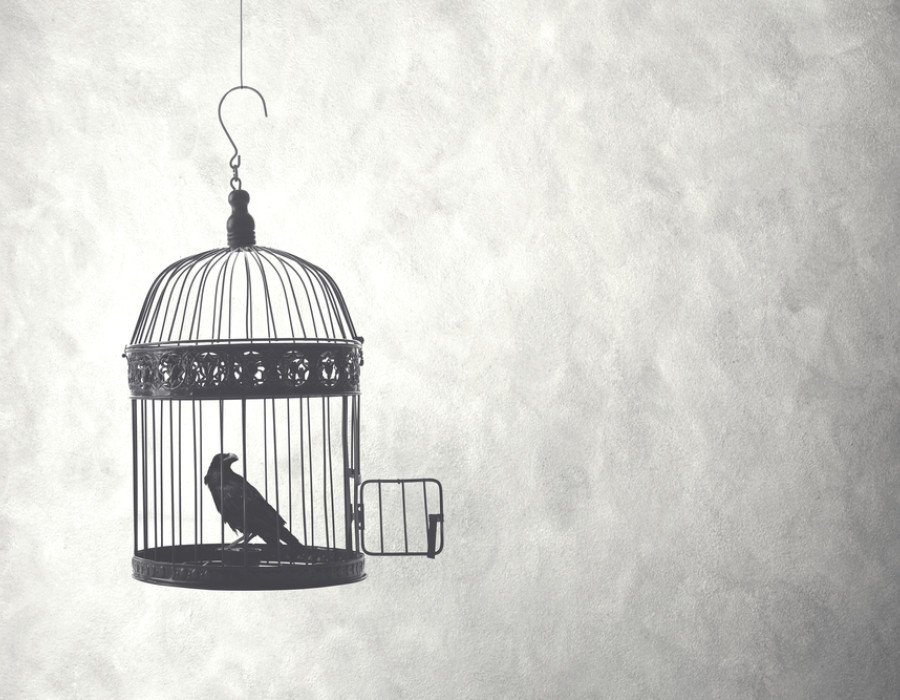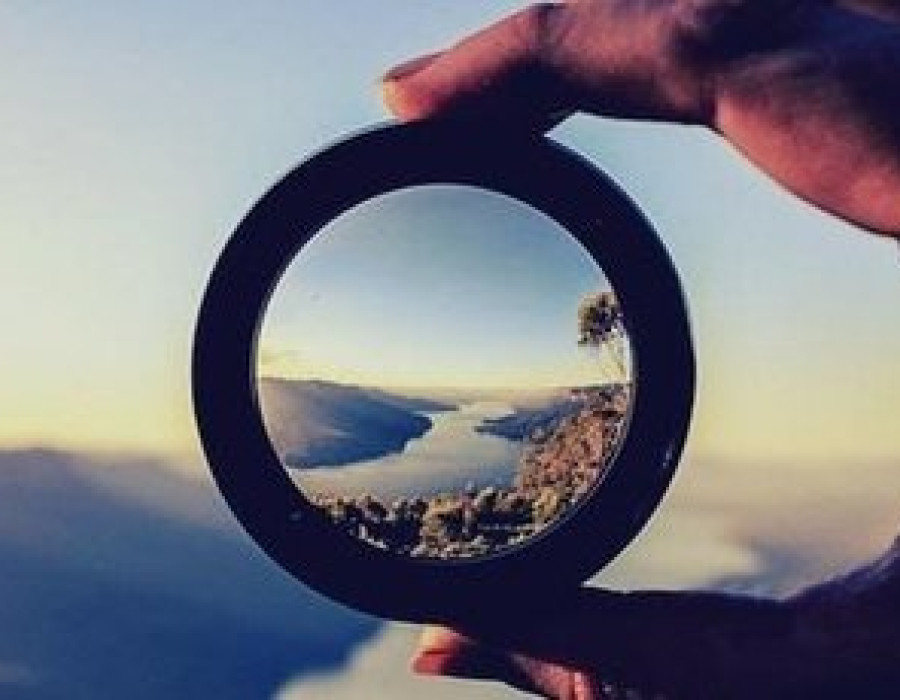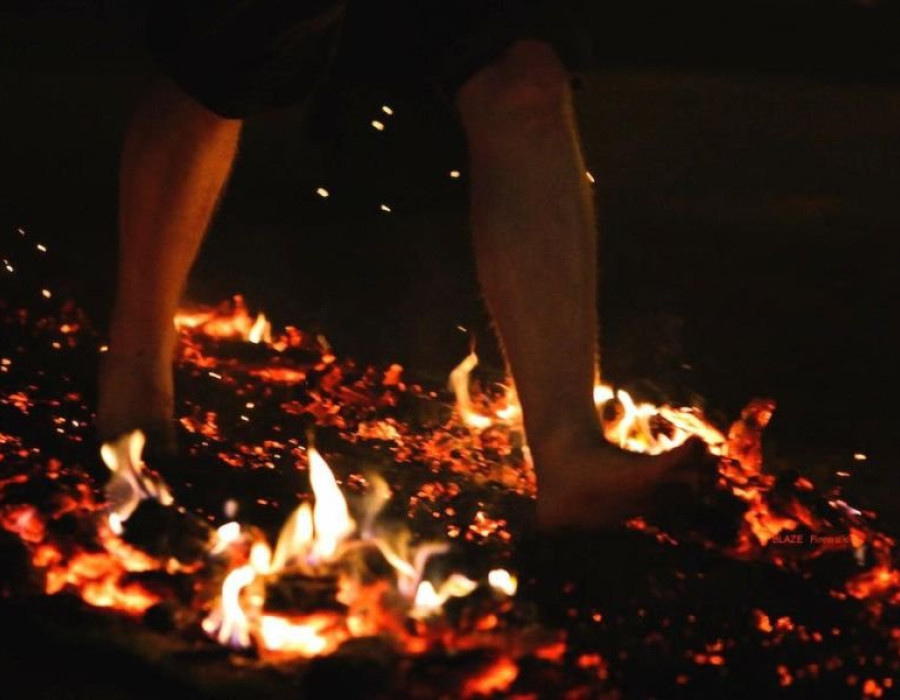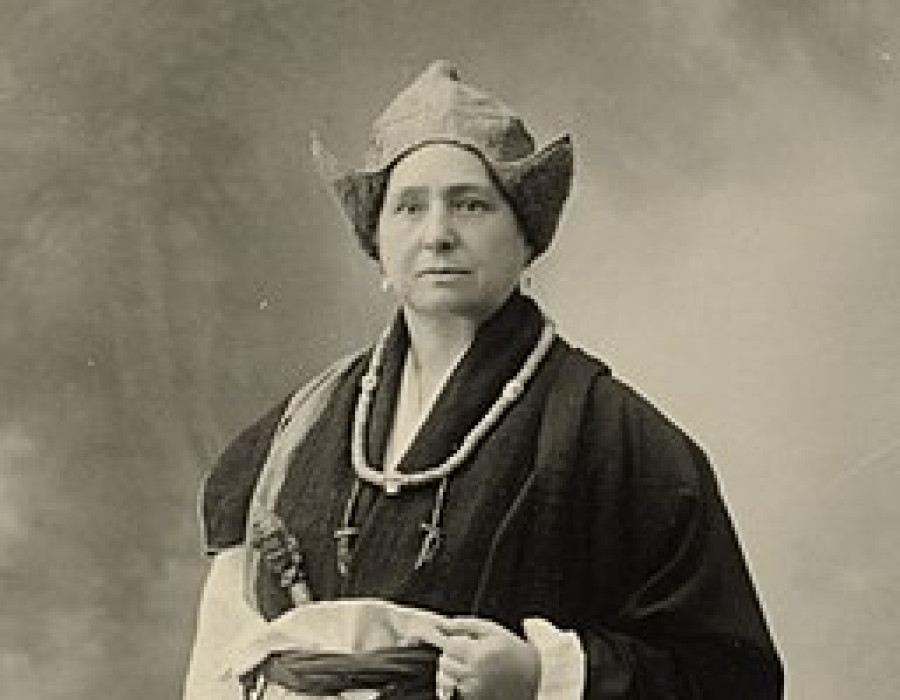
Martin Goodson
Faith in the Way
What is the Way?
By practicing we develop faith in the path, but to earn that faith we must actually practice.
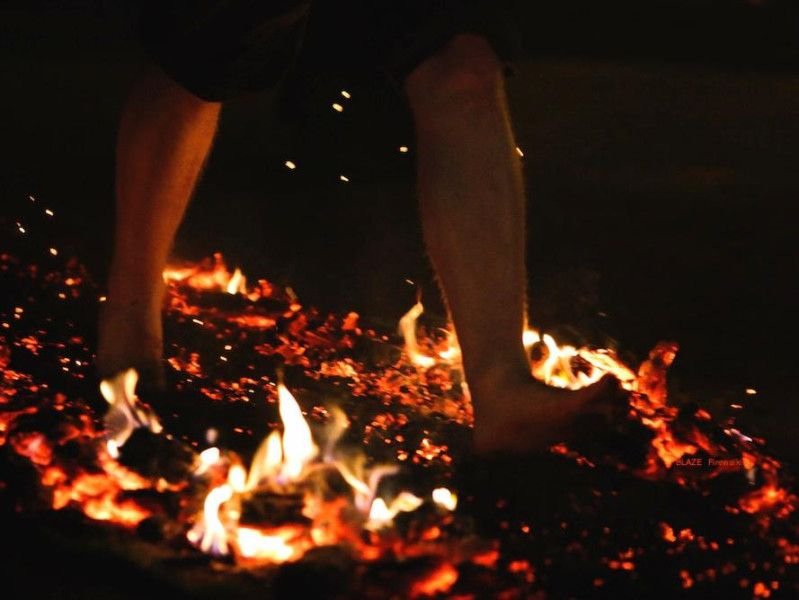
Fire walk
by Lancashire post https://www.lep.co.uk/news/walk-over-fire-help-children-disabilities-1199054
People in the West often say that they like the fact that Buddhism doesn’t ram things down our throats and force us to believe this or that. People like the fact that the Buddha, in the Kalama Sutta, says that we’re not just to take his word for it. We should try things out for ourselves and find out if it works or doesn’t work. This appeals to us in the West, with our rationalistic, scientific background, but when I hear people say this I cannot resist asking:
“And have you tried it out yet?”
The answer is usually: “No, but I like the idea of it”.
But that’s the important thing: to try everything out. It’s not just about what other people tell us. It’s about what we tell ourselves: what we’re all about. It’s about what we think we can do and what we think can’t do. People say to themselves that they can’t live without those two cups of coffee in the morning, but why not try? If the circumstances arise where we can’t have them, we should just give ourselves into that and try it out. In this way we begin to develop faith - faith in the Buddha Dharma. Faith is not blind belief. You could say that one of the biggest obstructions to our practice - whether it’s meditation practice or mindfulness practice - is precisely a lack of faith. We don’t have faith in the practice. This is why we don’t give ourselves wholeheartedly into it. Faith is something that’s built up by trial and error rather than a conscious decision to have faith in something.
There is a TV programme from the 1970s about firewalking that illustrates faith and how it works. The organizers dug a deep pit in the ground. They filled it with wood, set it all on fire and after a few hours they raked it over. Then the participants were invited to take off their shoes and socks and walk across the hot embers in their bare feet. These days it’s just another holiday recreation, but in the 70s very few people had ever done anything like this so it was spectacular to watch. The person who brought this over to the UK was a New Age guru sort of person and he sold it as “mind over matter”. The reason you could walk over those hot embers was that the mind could prevent the body from feeling pain and damaging itself, and therefore the mind dominated and could overcome anything. Or so he claimed. He used to run courses for people who wanted to do this. This particular documentary followed the people who came on to the course, and all of them came because they were in real need. There was one woman who had just been diagnosed with cancer. She was about to undergo treatment including operations and she was frightened. She said: “If I find that I can do this, then I know I have the strength to face the ordeal that’s ahead of me.” There was another guy who felt he lacked strength. He had a bad experience in early life and felt that he couldn’t get over it. He wanted to reconnect with his inner strength. He believed that if he could walk over those coals, he would be able to face up to his difficulties. Most of the participants in the course felt similarly.
The documentary showed helpers outside digging a pit and setting it on fire. It took several hours to prepare. Meanwhile, in the hall, the class leader marked out the fire pit on the floor and he asked the group to practice walking over it. This is fascinating, particularly in the context of what we’ve been saying about correct form and the need to go through the motions so that the form registers in the body. And he reminded the group that it was mind over matter, and that when they stood at the end of the pit, they should look ahead and not look down because by doing so they would think fearful thoughts. They should think to themselves “Cool, wet grass”. Everybody started chanting “cool wet grass, cool wet grass…” and they all followed him over the pit. And they did this again, and again, like soldiers on a parade ground. The whole thing served to imprint on their minds that they would physically be able to go through it. Of course, to step onto red hot embers means to overcome the perfectly natural fear of burning oneself. The participants did this for hours and hour. The teacher took them through the procedure while constantly reinforcing the fact that it was mind over matte, and that he’d done this many times before etc. Finally the time came to cross the hot coals and he led them outside. Apart from the glowing red embers it was pitch black. They all lined up by the fire pit, and at the other end there was a big basin full of water that they were to step into after going over the pit. The leader said that he would go first, and then the others would follow. They started chanting “cool, wet grass…” building themselves up into a frenzy. Suddenly the teacher set off, and then the next one walked over, and then the next one, until they’d all walked over the pit. You can imagine, by the end, the exhilaration. The air was just electric. They were all thoroughly jubilant and they weren’t frightened anymore.
But there were also some scientists there. They had been watching and filming and timing things very carefully. Afterwards, they came up and said that they had done a few calculations. They had taken into account how long the sole of the foot was in contact with the fire. They had also taken into account the thickness of the skin on the sole of the foot, the length of the fire pit as well as the speed that everybody was walking over and they concluded that the foot was in contact with the fire so little that wasn’t not possible for the foot to be burned. Not mind over matter, but pure physics and biology. The class leader still insisted, however, that it was mind over matter. They then suggested that a longer pit be dug out and they asked the leader to walk over that one. He agreed and did it successfully. He said “See? It’s mind over matter”. But the scientists said “No, you walked more quickly”. So the leader walked over it again. But the scientists again said “No, you walked over it even quicker than the first time. Walk more slowly”. So he walked over it a third time. But the scientists said “No, you walked over it even more quickly this time. Walk more slowly”. At this point, the man said, “I can’t”. He couldn’t step onto the fire anymore. So the scientists took off their shoes and socks and they walked over it. They had faith in their calculations, even if they didn’t have faith in mind over matter. The man had faith in mind over matter, and when that broke down his faith was lost. It didn’t work anymore. But the scientists, to begin with, didn’t think it was possible to walk over the coals because they were frightened of being burned. But they’d done their calculations and they trusted them because they had used them so many times and always found them reliable. And therefore when their calculations said, “Yes, you can do this”, they discovered the faith that allowed them to take that step.
So faith is something that we build up through trial and error, through experience. To use a simple example we all have faith that we can stand up. I have perfect faith that my legs will support me, so much so that I don’t even think about it. But what would happen if I twisted my ankle on the way here? I would have hobbled in here and sat down. While I was sitting down my ankle would have swollen up and when I got up to go at the end, suddenly a shooting pain would have come up my leg. The faith in my leg’s ability to support me would have been undermined, and now, I would lack that faith. And until I regained the faith that my legs would actually support my body weight, I wouldn’t be able to stand up anymore.



